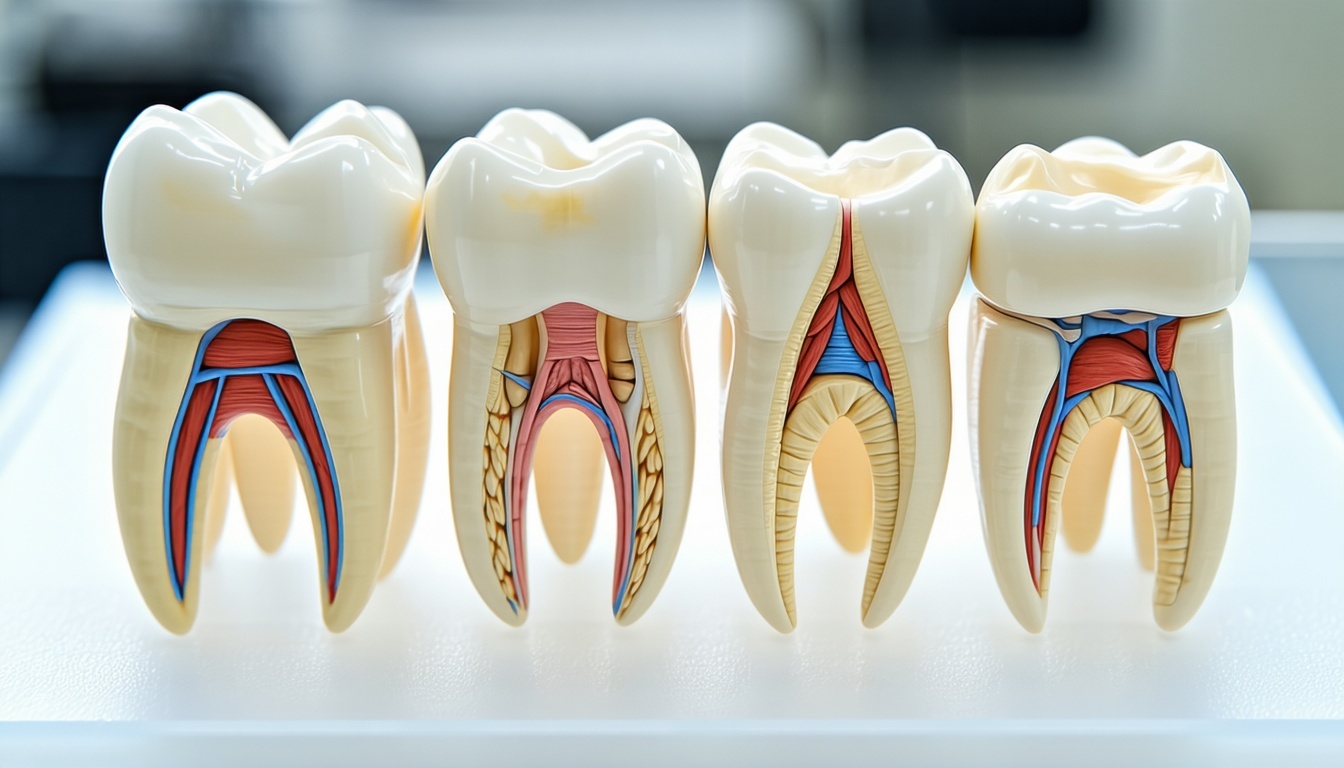Explore the groundbreaking effectiveness of photon-initiated photoacoustic streaming (PIPS) in root canal models of varying diameters and tapers.
Authors: Cheng Wen, Yuanyuan Kong, Jian Zhao, Yang Li, Ya Shen, Xuechao Yang, Qianzhou Jiang
Journal: BMC Oral Health (2021)
Objective
This study compared photon-initiated photoacoustic streaming (PIPS) and conventional needle irrigation (CNI) using varying sodium hypochlorite (NaOCl) concentrations to eliminate Enterococcus faecalis suspensions and biofilms from root canals with different diameters or tapers.
Materials and Methods
-
Samples: 480 artificial root canals divided into three groups based on file sizes/taper:
-
Irrigation protocols: Distilled water, 1%, 2%, or 5.25% NaOCl combined with CNI or PIPS.
-
Analysis:
-
ATP assays quantified bacterial viability.
-
Fluorescence microscopy assessed biofilm removal.
-
Image-Pro Plus software analyzed fluorescence intensity.
Key Results
-
NaOCl efficacy: 5.25% NaOCl showed the lowest ATP values (most effective), followed by 2% and 1%, with distilled water being least effective (P < 0.05).
-
Canal diameter impact:
-
Taper impact:
-
Long-term effects: PIPS with 2% or 5.25% NaOCl maintained superior antibacterial activity after 6-hour re-culture.
Conclusions
Compared with CNI, PIPS has greater ability to remove bacteria in root canals with a small preparation diameter and a small taper. PIPS with 2% and 5.25% NaOCl exhibited superior antibacterial and bacteriostatic effects.
PIPS can improve the ability yo remove bacteria in root canals with a small diameter, and a small taper. PIPS with 2% and 5.25% NaOCL can have immediate bactericidal effects and long-term antibacterial effects.
ACCESS THE FULL ARTICLE HERE

